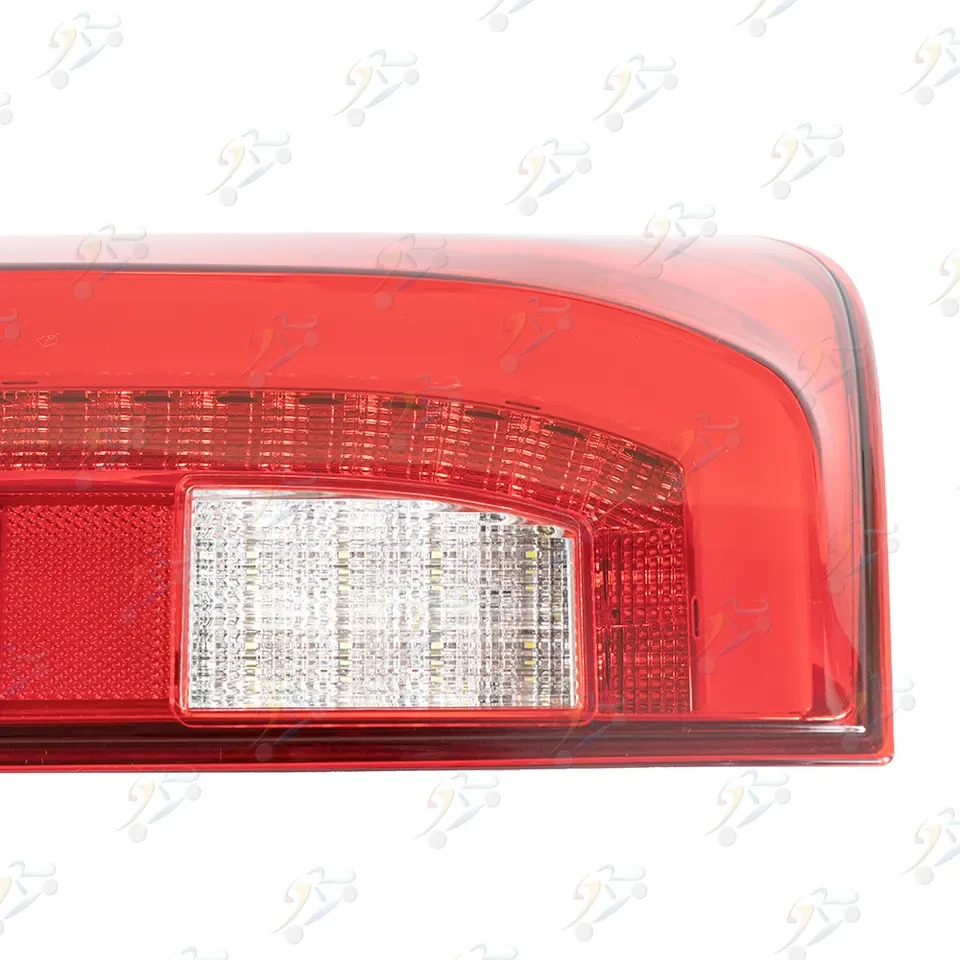

When it comes to maintaining the safety and functionality of your vehicle, few things are as crucial as the rear lights. Whether you drive a Nissan Altima, a Nissan Rogue, or any other model in the Nissan lineup, the rear lights are essential for ensuring you’re visible to other drivers, especially during low light conditions. If you find yourself needing to replace your Nissan’s rear light, understanding how to source the right parts can make the process smoother and more cost-effective. In this comprehensive guide, we’ll explore everything you need to know about Nissan rear light replacement and sourcing tips to get you back on the road safely.
Before diving into the specifics of sourcing replacement parts, it’s important to grasp why rear lights are so critical. Rear lights serve several key functions:
Safety: They ensure that other drivers can see your vehicle from behind, which is crucial for avoiding accidents. This includes not only the brake lights but also the turn signals and reverse lights.
Legal Compliance: In many regions, having functioning rear lights is a legal requirement. Driving without them can lead to fines and penalties.
Visibility: Properly functioning rear lights improve visibility in poor weather conditions such as fog, rain, or snow.
Aesthetic Value: Rear lights also contribute to your vehicle’s appearance. A damaged or outdated rear light can make your car look less appealing.
There are several signs that indicate it’s time to replace your Nissan’s rear lights:
Dim or Flickering Lights: If your rear lights are not as bright as they used to be or flicker intermittently, it’s a sign they might need replacement.
Cracked or Broken Lens: Physical damage to the lens can affect light output and make your vehicle less visible.
Faulty Wiring: Problems with the wiring can lead to inconsistent light performance and may require a new rear light assembly.
Malfunctioning Turn Signals or Brake Lights: If specific functions of your rear lights aren’t working, it might be time for a replacement.
Now that you know why and when to replace your rear lights, let’s talk about how to source the right replacement parts. Here are some practical tips to ensure you get quality parts that fit perfectly and perform well:
Identify Your Model and Year: Before you start sourcing parts, you need to know the exact model and year of your Nissan. Rear light designs can vary significantly between models and production years. Check your owner’s manual or look for a label on your vehicle to get this information.
OEM vs. Aftermarket Parts: You have the option to choose between Original Equipment Manufacturer (OEM) parts and aftermarket parts. OEM parts are made by the vehicle’s manufacturer and are guaranteed to fit and function correctly. Aftermarket parts, on the other hand, are produced by third-party companies and can vary in quality. While aftermarket parts may be less expensive, it's important to choose reputable brands to avoid potential issues.
Online Retailers: Websites like Amazon, eBay, and specialized auto parts retailers often have a wide selection of rear light assemblies. Look for sellers with good reviews and check if they offer return policies in case the part doesn’t fit or meet your expectations.
Local Auto Parts Stores: Visiting a local auto parts store can be beneficial if you need the part immediately. Store staff can help you find the right part for your vehicle and may offer installation services as well.
Dealerships: Purchasing from a Nissan dealership ensures that you’re getting genuine OEM parts. While this option might be pricier, it guarantees compatibility and quality.
Salvage Yards: For budget-conscious buyers, salvage yards can be a source of used rear light assemblies. Make sure to inspect the parts carefully for any damage or wear before purchasing.
Price Comparison: Regardless of where you buy the part, compare prices across different sellers to ensure you’re getting the best deal. Don’t forget to factor in shipping costs if you’re ordering online.
Installation Considerations: Some replacement rear lights come with installation instructions, but if you’re not comfortable with DIY repairs, consider hiring a professional mechanic. Proper installation is crucial for the lights to function correctly and safely.
Once you have your replacement rear light, you’ll need to install it. Here are some tips to help you with the process:
Gather Tools: You’ll typically need a screwdriver, a socket set, and possibly some trim removal tools. Make sure you have all necessary tools before starting.
Disconnect the Battery: For safety reasons, disconnect the vehicle’s battery before working on electrical components.
Remove the Old Light: Follow the instructions for removing the old rear light assembly. This usually involves unscrewing a few bolts or screws and gently pulling the assembly away from the vehicle.
Install the New Light: Position the new rear light assembly in place and secure it with screws or bolts. Make sure it’s aligned properly and all connections are tight.
Test the Lights: Before you reassemble any trim or panels, test the new rear light to ensure all functions (brake light, turn signal, reverse light) are working correctly.
Reassemble and Check: Once everything is in place and working, reassemble any trim or panels that were removed during the installation process.
Replacing your Nissan’s rear light is an important aspect of vehicle maintenance that directly affects your safety on the road. By understanding the importance of rear lights, recognizing when replacement is needed, and following the right steps for sourcing and installation, you can ensure that your vehicle remains safe and functional. Whether you choose OEM parts or explore aftermarket options, taking the time to make an informed decision will help you get the best value and performance from your replacement rear light. Safe driving!
nissan navara parts sourcing
Email format error
Email cannot be empty
Email already exists
6-20 characters(letters plus numbers only)
The password is inconsistent
Email format error
Email cannot be empty
Email does not exist
6-20 characters(letters plus numbers only)
The password is inconsistent